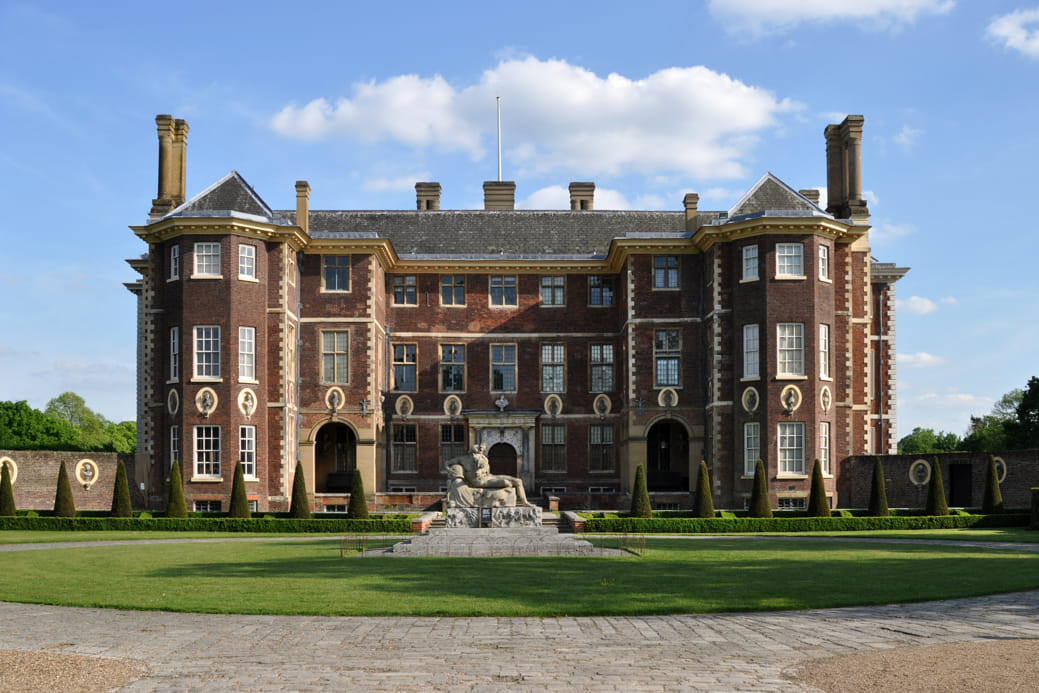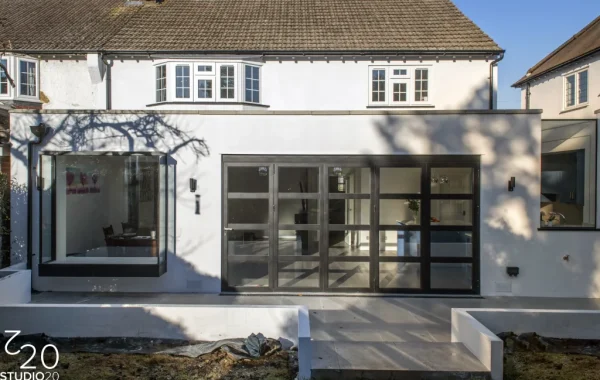Navigating Change of Use in Richmond Petersham: A Unique Perspective
Nestled along the banks of the River Thames, Richmond Petersham is not just a place of natural beauty; it’s a vibrant community where history meets modernity. With its scenic landscapes, iconic landmarks, and diverse population, this area offers a unique backdrop for property development and transformation. One key aspect of this transformation is the concept of “Change of Use,” which enables property owners to adapt their spaces to meet evolving community needs. In this article, we delve into the intricacies of Change of Use in Richmond Petersham, exploring its importance, the nuances of local regulations, and the rich potential it offers for sustainable growth.
The Essence of Change of Use
Change of Use is more than a mere administrative term; it’s a transformative process that allows property owners to redefine how their spaces are utilized. In the context of Richmond Petersham, where charm and character are paramount, Change of Use reflects the community’s pulse—its changing demographics, economic conditions, and lifestyle preferences. Whether repurposing a historic pub into a boutique hotel or converting a former shop into a co-working space, these changes resonate deeply with the community, ultimately shaping its identity.
The Role of Planning Policies
Richmond upon Thames Council oversees the planning policies that govern Change of Use. These policies are designed to ensure that any transformation aligns with the community’s vision and sustainability goals. Understanding these policies is crucial for property owners seeking to embark on a Change of Use journey. Richmond’s Local Plan emphasizes:
Community Engagement: Encouraging public participation in the planning process ensures that changes reflect community aspirations. This engagement helps create spaces that enhance social interaction and cohesion.
Sustainability Goals: Richmond Petersham is committed to preserving its rich natural environment. Applications for Change of Use must demonstrate how they contribute to sustainability, such as by minimizing environmental impact or enhancing green spaces.
Heritage Protection: Given the area’s historical significance, any proposed changes must consider the impact on local heritage and architecture. Preserving the character of Petersham is a priority, ensuring that new developments honor the past while looking toward the future.
The Change of Use Application Process
Embarking on a Change of Use project in Richmond Petersham involves several critical steps that require careful planning and consideration. Each step is an opportunity for property owners to articulate their vision while aligning with local priorities.
1. Preliminary Research and Feasibility Study
Before diving into the application process, property owners should conduct thorough research on the existing use class of their property and identify potential alternative uses. A feasibility study can provide insight into:
Market Demand: Understanding the needs of the local market helps determine whether a proposed Change of Use aligns with community demands, such as the need for more retail, office space, or housing.
Regulatory Constraints: Familiarizing oneself with Richmond’s planning policies and local development plans is essential. Some changes may be permitted under the Permitted Development Rights, which can simplify the application process.
2. Community Consultation and Feedback
Engaging with the local community early in the process is vital. Organizing informal meetings or forums allows property owners to present their ideas and gather feedback. This proactive approach can help identify potential concerns, fostering goodwill and support among neighbors and local stakeholders.
3. Preparing the Application
Once initial research and community consultation are complete, property owners can prepare their application for Change of Use. Key components include:
Detailed Plans and Drawings: Clear, well-drafted plans illustrating the proposed changes help convey the vision effectively. It’s essential to include aspects such as layout, design, and any alterations to the property’s exterior.
Planning Statement: This document outlines the rationale behind the proposed Change of Use, addressing how it aligns with local policies and community needs. It should articulate the benefits of the change, such as economic growth, job creation, and enhanced services.
Supporting Documentation: Depending on the nature of the change, additional documents may be required, including environmental assessments, transport statements, and impact assessments.
4. Public Consultation and Review
After submission, the application enters a public consultation phase. During this time, local residents and stakeholders can voice their opinions. The planning authority reviews these responses, along with the application’s merits, before making a decision.
5. Decision and Implementation
The council will issue a decision based on compliance with planning policies, community feedback, and potential impacts. If approved, property owners can proceed with the transformation, ensuring all work adheres to building regulations and local standards.
The Implications of Change of Use
Understanding the implications of Change of Use is crucial for property owners considering this path. Beyond regulatory compliance, the benefits can be substantial:
1. Revitalizing Spaces and Communities
Repurposing properties allows for the revitalization of underutilized spaces, breathing new life into the community. A former retail space transformed into a community hub fosters social interactions, while an old church converted into a residential property retains its architectural significance while meeting housing needs.
2. Economic Development
Change of Use can stimulate local economies by attracting new businesses, creating job opportunities, and increasing foot traffic. A vibrant mix of uses enhances the overall appeal of Petersham, making it an attractive destination for residents and visitors alike.
3. Enhancing Property Value
A successful Change of Use can significantly enhance property value, providing a sound investment for property owners. By adapting to market demands, owners can secure higher rental income or increased resale value, contributing to their long-term financial success.
4. Fostering Sustainability
Incorporating sustainable practices into Change of Use projects contributes to the borough’s green initiatives. Whether it’s creating green roofs, improving energy efficiency, or incorporating renewable energy sources, these changes can make a positive impact on the environment.
Conclusion
Change of Use in Richmond Petersham is more than a regulatory hurdle; it’s an opportunity for property owners to shape the future of their community. By embracing the potential of transforming spaces while adhering to local policies and engaging with residents, property owners can contribute to a dynamic, sustainable, and thriving Petersham. The process may be complex, but the rewards—both personal and communal—are well worth the effort. As Richmond Petersham continues to evolve, so too does its potential for innovative uses that honor its rich history while embracing the future.





